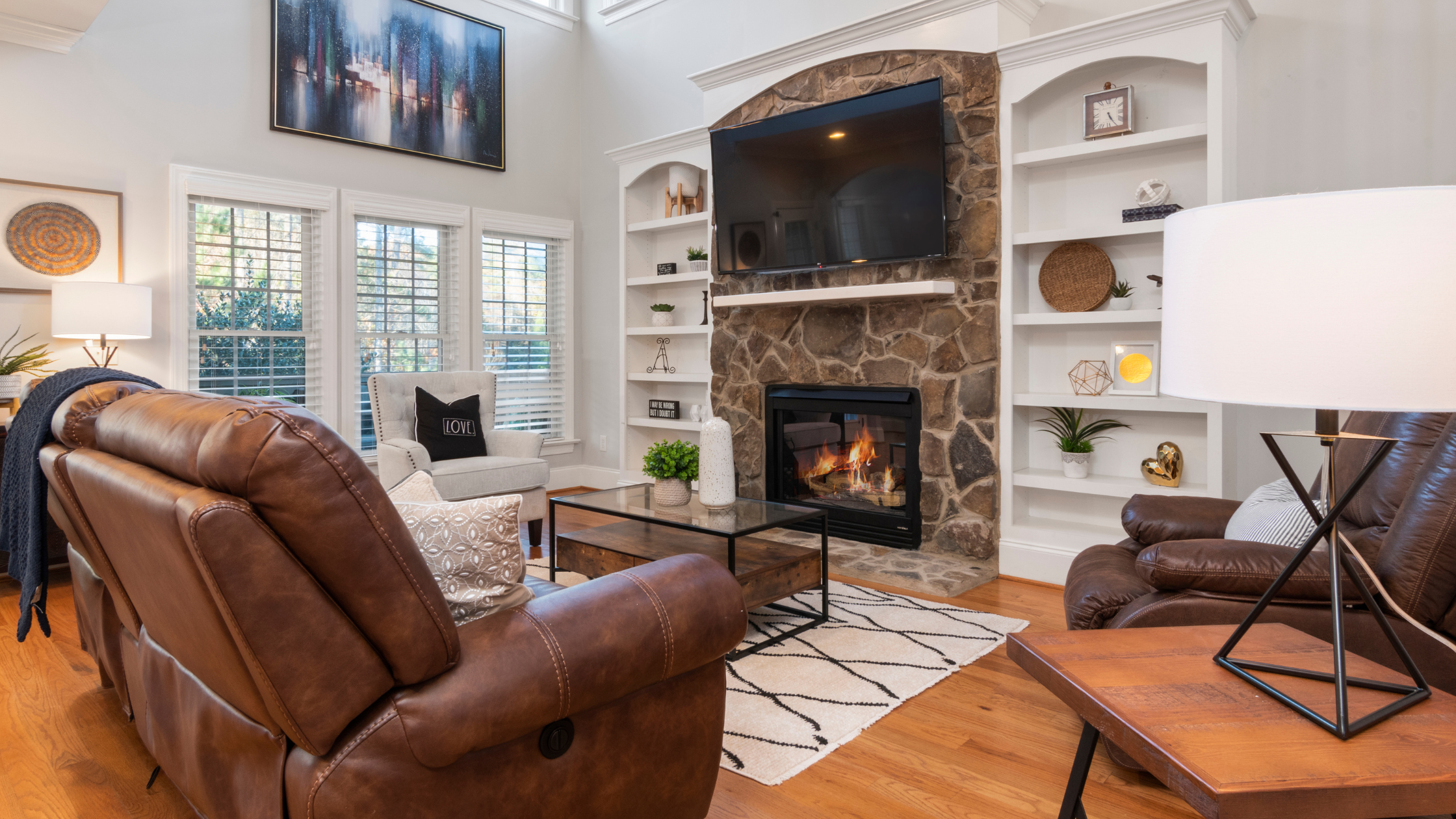When it comes to interior design, few elements have the transformative power of a well-chosen rug. Beyond mere floor covering, rugs serve as foundational pieces that can define spaces, inject personality, and create atmosphere. Through real-world examples, we’ll explore how leading designers have used rugs to elevate their projects from ordinary to extraordinary.
The Multifaceted Role of Rugs in Design
Anchoring Spaces
In interior design, rugs act as the visual foundation upon which great rooms are built. They create natural boundaries for furniture arrangements, establish focal points, and provide structure to spaces that might otherwise feel disconnected. A well-placed rug can instantly communicate the intended purpose of a space while unifying disparate elements within it.
Adding Texture, Color, and Personality
Rugs offer an unparalleled opportunity to introduce texture and dimension into a room. Whether through plush pile heights, intricate weaving patterns, or varied materials, they add tactile interest that enriches the overall design. In minimalist or neutral spaces, rugs can serve as artistic statements that breathe life into otherwise understated environments.
Enhancing Comfort and Acoustics
Beyond their visual impact, rugs play a crucial role in creating comfortable, livable spaces. They dampen sound in high-ceiling rooms, provide warmth underfoot, and create inviting environments that encourage relaxation and conversation. This functional aspect of rug design is particularly important in modern homes with hard flooring throughout.
Real-World Examples of Rugs Transforming Spaces
Example 1: Defining Zones in Open-Plan Layouts
Project: SoHo Loft Renovation
Designer: Sarah Richardson
Challenge: A 2,000-square-foot open-concept loft needed distinct areas for living, dining, and work while maintaining visual flow.
Solution: Richardson employed three coordinating rugs to create separate zones:
– A large, neutral sisal rug (10′ x 14′) anchored the living area
– A round, contemporary wool rug defined the dining space
– A smaller, textured rug designated the home office nook
Impact: The strategic rug placement created clear boundaries without physical barriers, allowing the space to feel both organized and open. The coordinating colors and textures maintained visual harmony while establishing distinct functional areas.
Example 2: Making a Statement in Contemporary Spaces
Project: Modernist Hillside Home
Designer: Kelly Wearstler
Challenge: A minimalist home with floor-to-ceiling windows needed warmth and visual interest without competing with the view.
Solution: Wearstler selected a bold, geometric rug in muted tones that echoed the angular architecture of the space. The large-scale pattern (12′ x 15′) featured subtle metallics that caught the natural light, creating different effects throughout the day.
Impact: The rug became a dynamic focal point that complemented rather than competed with the views, while its pattern added depth and interest to the sleek interior.
Example 3: Creating Coziness in Large Spaces
Project: Historic Manor Living Room
Designer: Thomas O’Brien
Challenge: A 600-square-foot living room with 14-foot ceilings felt cavernous and unwelcoming.
Solution: O’Brien layered three rugs to create intimate seating areas:
– A massive antique Oushak (15′ x 20′) as the base layer
– Two smaller silk rugs to define conversation areas
– Strategic furniture placement to reinforce the zones
Impact: The layered rugs created visual and physical warmth, making the grand space feel more intimate while maintaining its elegant proportions.
Example 4: Adding Character to Neutral Spaces
Project: Downtown Penthouse
Designer: Nate Berkus
Challenge: A beige-on-beige apartment needed personality without major renovations.
Solution: Berkus introduced a vintage Moroccan rug with rich colors and traditional patterns. The rug’s worn patina added history and character, while its colors provided a foundation for the room’s accent pieces.
Impact: The rug transformed the space from bland to sophisticated, proving that sometimes a single piece can redefine an entire room.
Design Insights from Featured Projects
What Designers Look for in a Rug
Successful designers consider multiple factors when selecting rugs:
– Scale relative to the room and furniture
– Material durability for the intended use
– Pattern scale appropriate to the space
– Color harmony with existing elements
– Texture contribution to the overall design
Common Challenges and Solutions
– Awkward Room Shapes: Use multiple smaller rugs to create functional areas
– High-Traffic Areas: Choose durable materials and darker patterns
– Budget Constraints: Layer less expensive rugs for impact
– Unusual Architecture: Echo architectural elements in rug patterns
Lessons for Homeowners
– Start with the rug when designing a room
– Consider both form and function
– Don’t be afraid to layer different styles
– Invest in quality for high-impact areas
Tips for Choosing Rugs to Elevate Your Design
Matching the Rug to Your Space
– Living Rooms: Allow 18-24 inches of floor space around the rug
– Dining Rooms: Choose a rug at least 24 inches larger than the table
– Bedrooms: Extend the rug 24-36 inches around the bed
– Consider traffic patterns when placing rugs
Layering Rugs for Depth and Visual Interest
– Start with a larger, neutral base rug
– Add smaller, more decorative rugs on top
– Mix textures and patterns while maintaining color harmony
– Use rug pads between layers for stability
Budget-Friendly Alternatives
– Consider natural fiber rugs for large areas
– Use vintage or antique rugs as accent pieces
– Explore indoor/outdoor rugs for high-traffic areas
– Look for end-of-season sales at high-end retailers
Conclusion
These real-world examples demonstrate how rugs can be transformative elements in interior design. Whether defining spaces in open layouts, adding warmth to contemporary interiors, or injecting personality into neutral rooms, rugs prove themselves essential to successful design schemes.
The key to success lies in viewing rugs not as afterthoughts but as foundational elements that can shape and define spaces. Whether you’re working with a designer or tackling a project on your own, remember that the right rug can be the difference between a good room and a great one.
Ready to transform your space? Consider consulting with a design professional who can help you select the perfect rug, or start exploring different styles and options that align with your vision. The perfect rug isn’t just a floor covering – it’s the foundation of your room’s entire design story.





